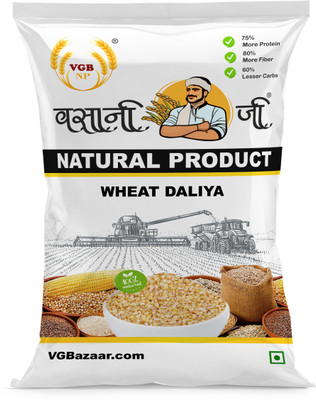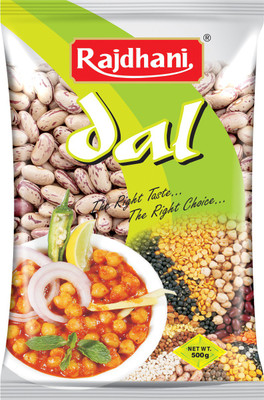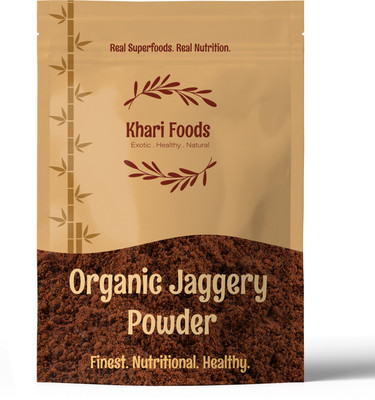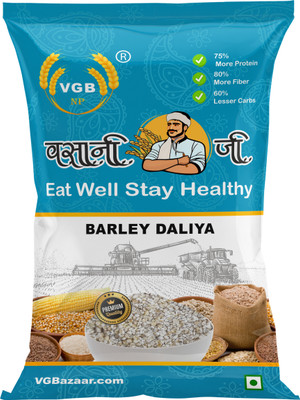
Prabhakar Brand Diabetic-Friendly Millet Barnyard Millet,Little Millet ,Foxtail Millet,Combo Jowar (1.5 kg, Pack of 3)
Share
Prabhakar Brand Diabetic-Friendly Millet Barnyard Millet,Little Millet ,Foxtail Millet,Combo Jowar (1.5 kg, Pack of 3)
Be the first to Review this product
Special price
₹775
₹1,499
48% off
@516.667/kg
Available offers
T&C
T&C
Delivery
Check
Enter pincode
Delivery by29 Apr, Tuesday|Free
?
if ordered before 2:59 PM
View Details
Services
- Cash on Delivery available?
Seller
Description
Prabhakar Brand Size & Shape: Millet grains are small, round, and typically range in color from pale yellow to white, though there are varieties that can be red, brown, or even black.
Varieties: There are several types of millet, with pearl millet (Pennisetum glaucum) being the most widely grown. Other types include foxtail millet, finger millet, proso millet, and barnyard millet.
Texture & Flavor: When cooked, millet has a mild, slightly nutty flavor and a fluffy texture, similar to quinoa or couscous. It can also be ground into flour for baking or used in porridge.
Growing Conditions:
Drought-Tolerant: Millet is highly adaptable to harsh growing conditions. It is especially suited to arid and semi-arid climates, requiring minimal water and growing well in poor soils.
Short Growing Season: Millet grows relatively quickly, typically maturing in about 60-90 days, which makes it a reliable crop in regions with short growing seasons.
Nutritional Profile:
Millet is highly nutritious and a great source of:
Carbohydrates: It is rich in complex carbohydrates, providing a steady source of energy.
Protein: Millet contains a significant amount of plant-based protein, making it a valuable option for vegetarians and vegans.
Fiber: It is high in dietary fiber, which promotes digestion and supports heart health.
Vitamins & Minerals: Millet is an excellent source of B vitamins (like niacin and B6), iron, magnesium, potassium, and phosphorus.
Read More
Specifications
In The Box
| Pack of |
|
General
| Brand |
|
| Model Name |
|
| Type |
|
| Quantity |
|
| Maximum Shelf Life |
|
| Is Perishable |
|
| Organic |
|
| Polished |
|
| Container Type |
|
| Regional Speciality |
|
| Manufactured By |
|
| Nutrient Content |
|
| Net Quantity |
|
Additional Features
| Other Features |
|
Dimensions
| Weight |
|
Legal Disclaimer
|
Have doubts regarding this product?
Safe and Secure Payments.Easy returns.100% Authentic products.
Back to top












